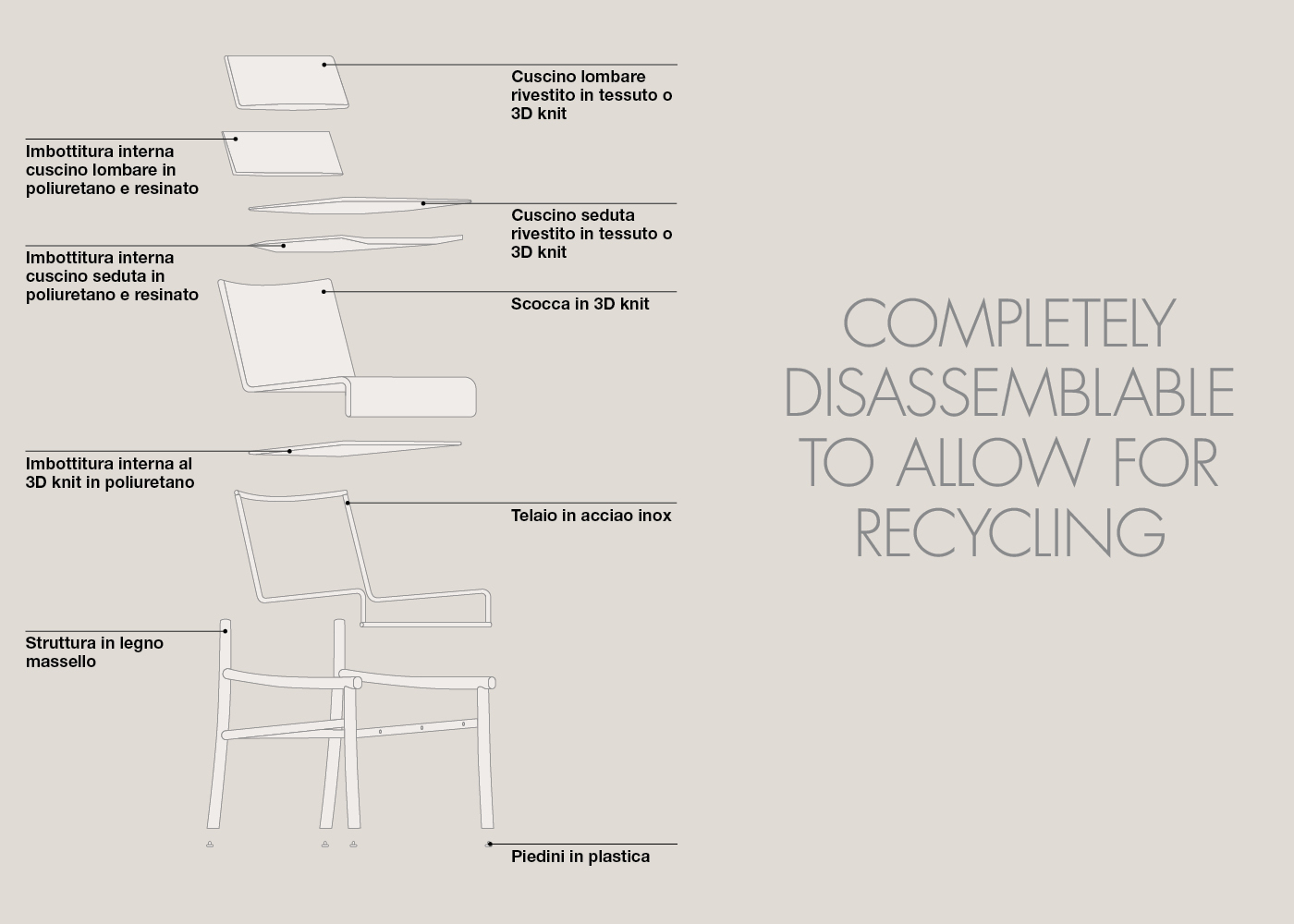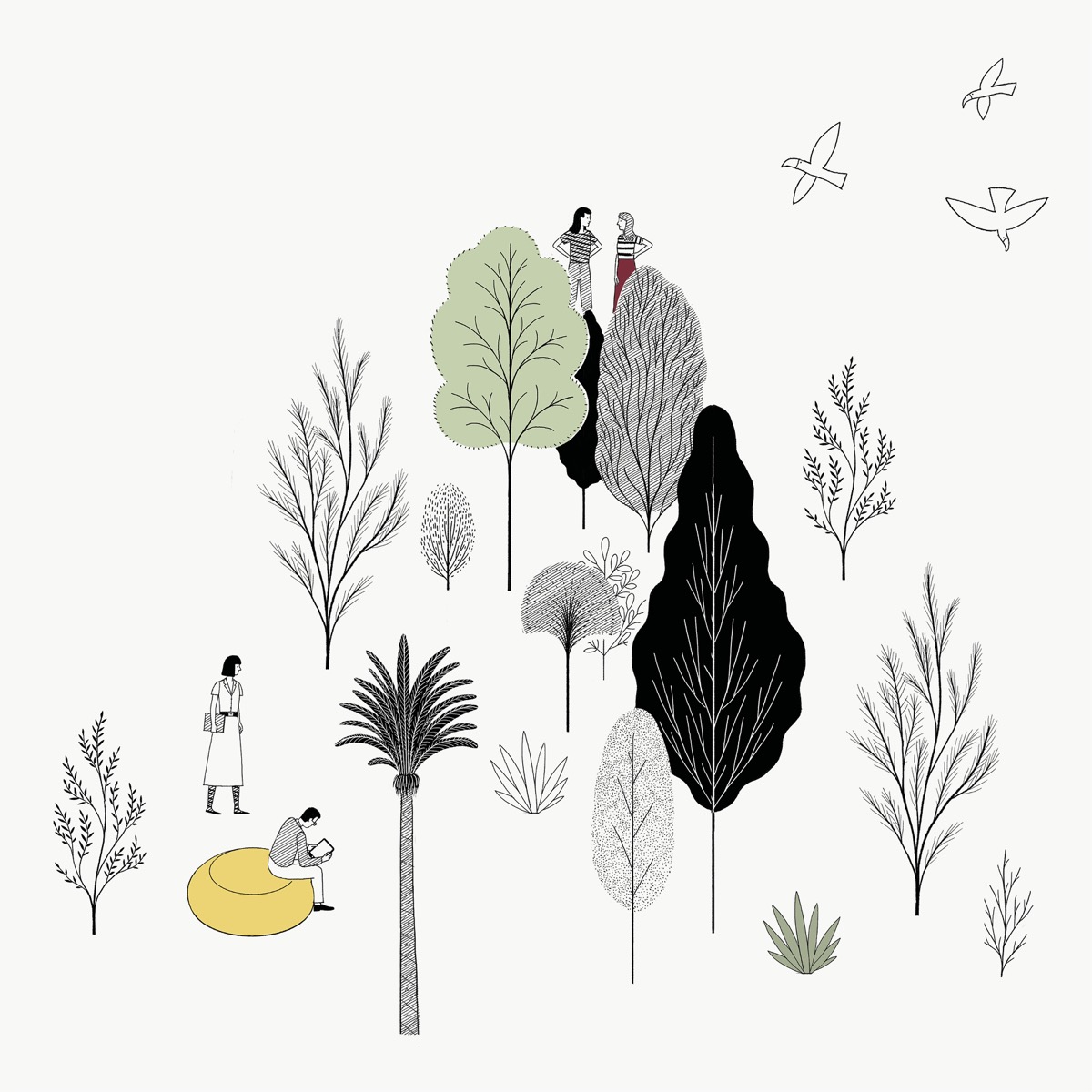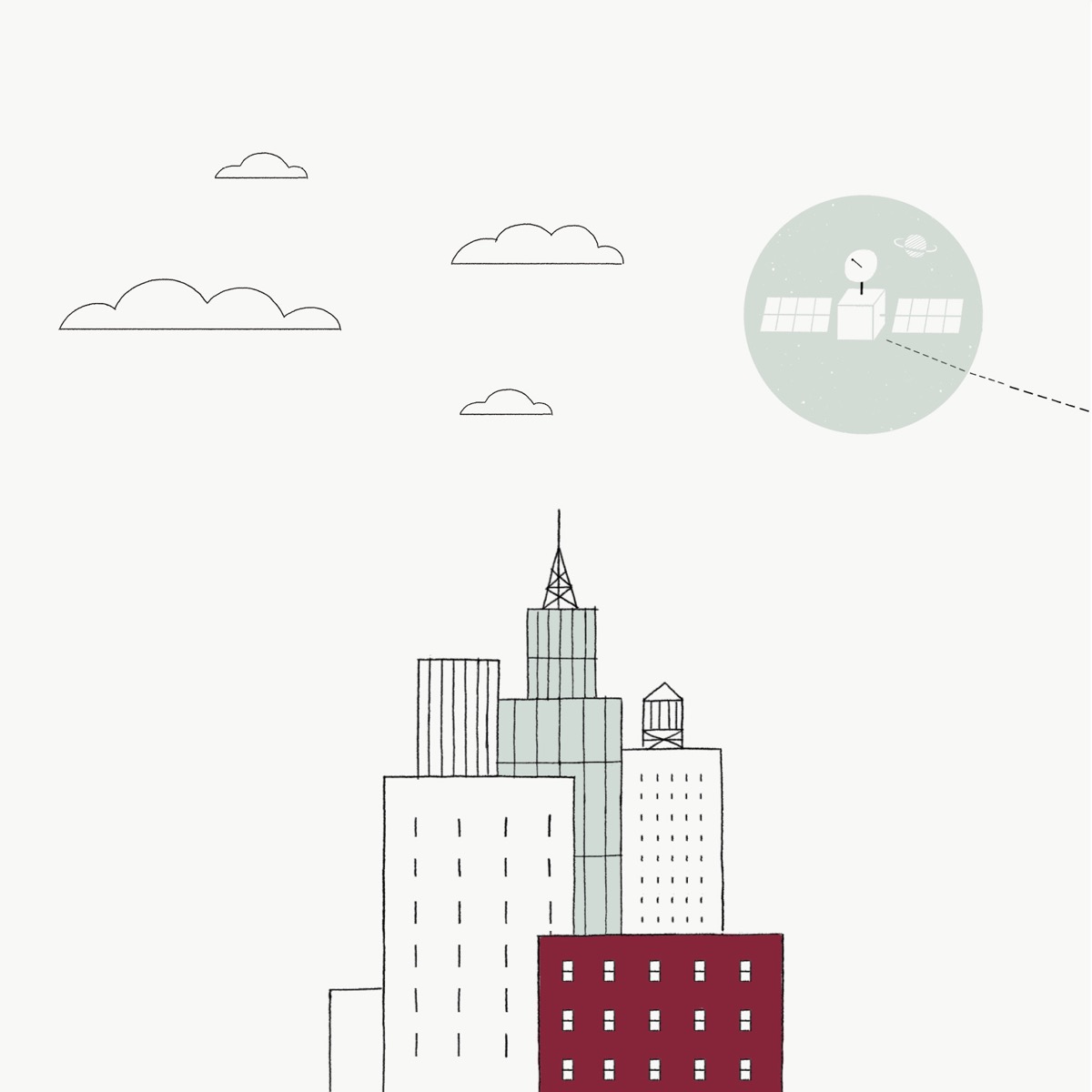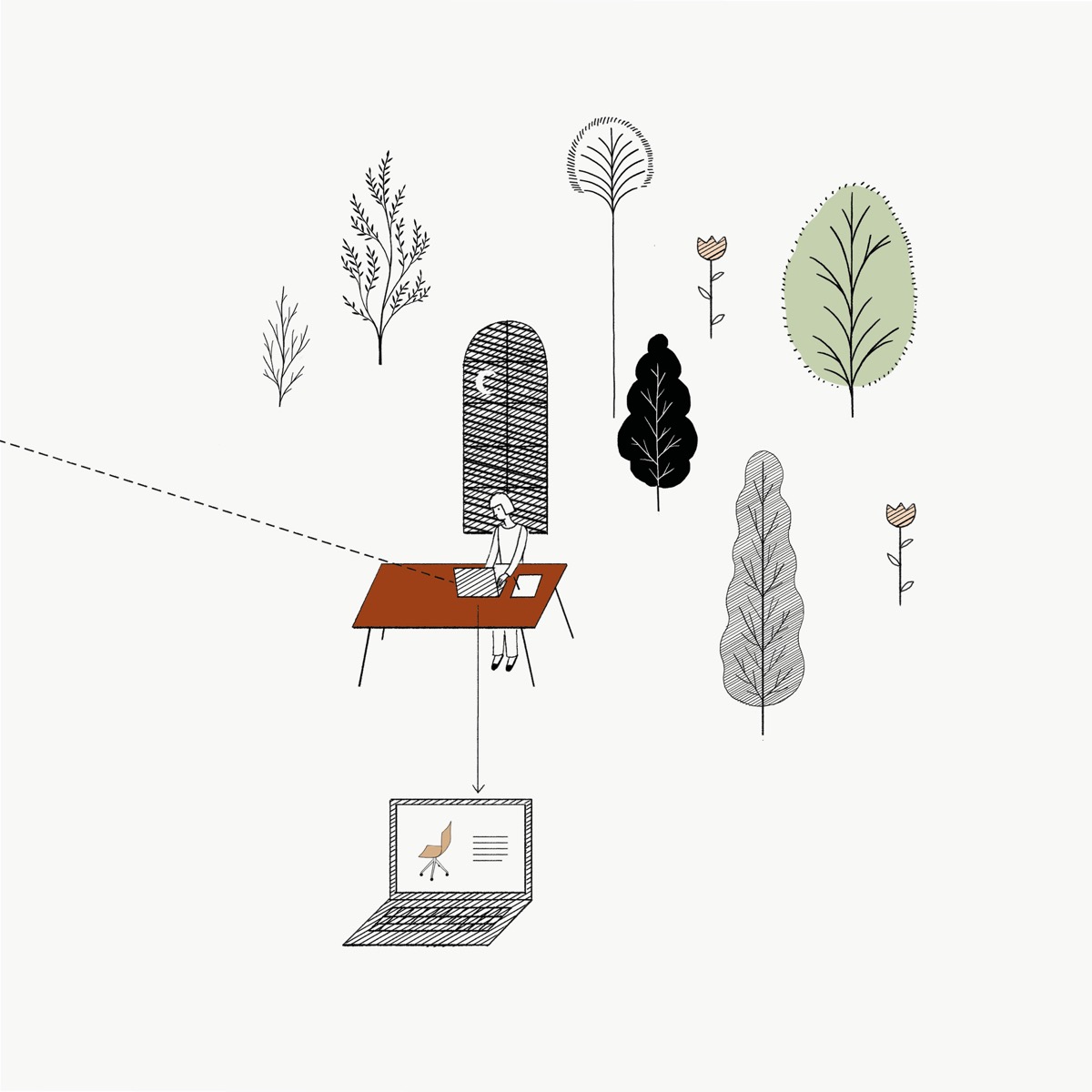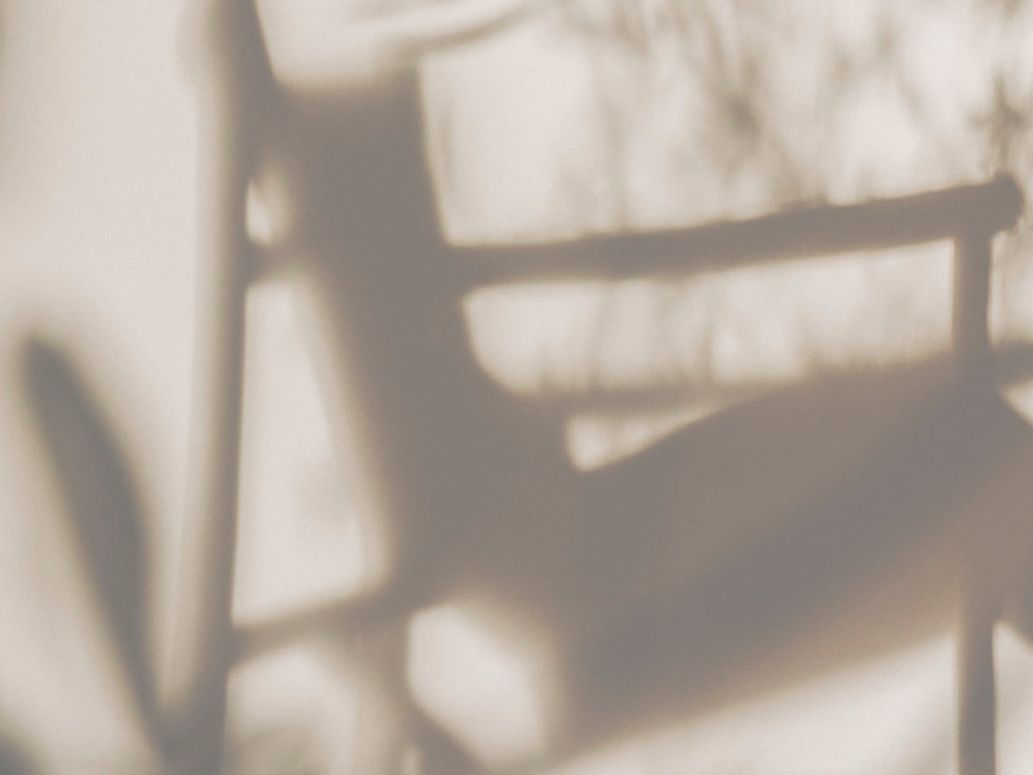
Sustainability in Kata was not an afterthought on process, but rather a core impetus for the design itself. Created using innovative 3D knit technology that reduces overall material waste, sustainability was considered in each step of Kata’s design process — from the selection of recycled plastic fiber yarn and material sourcing to knit technology and the reduction of traditional upholstery waste to design strategies for shipping and transport. The result is a marriage of traditional craftsmanship and modern processes with a reduced environmental footprint.
Post-consumer recycled polyester
Kata is created using a strong and durable polyester fiber made from post-consumer recycled plastic bottles. Because the recycling process transforms the fiber on a molecular level, there is no difference between recycled polyester and virgin polyester: it looks and behaves like wool, but with excellent stretch and stain, water, light and weather resistance.
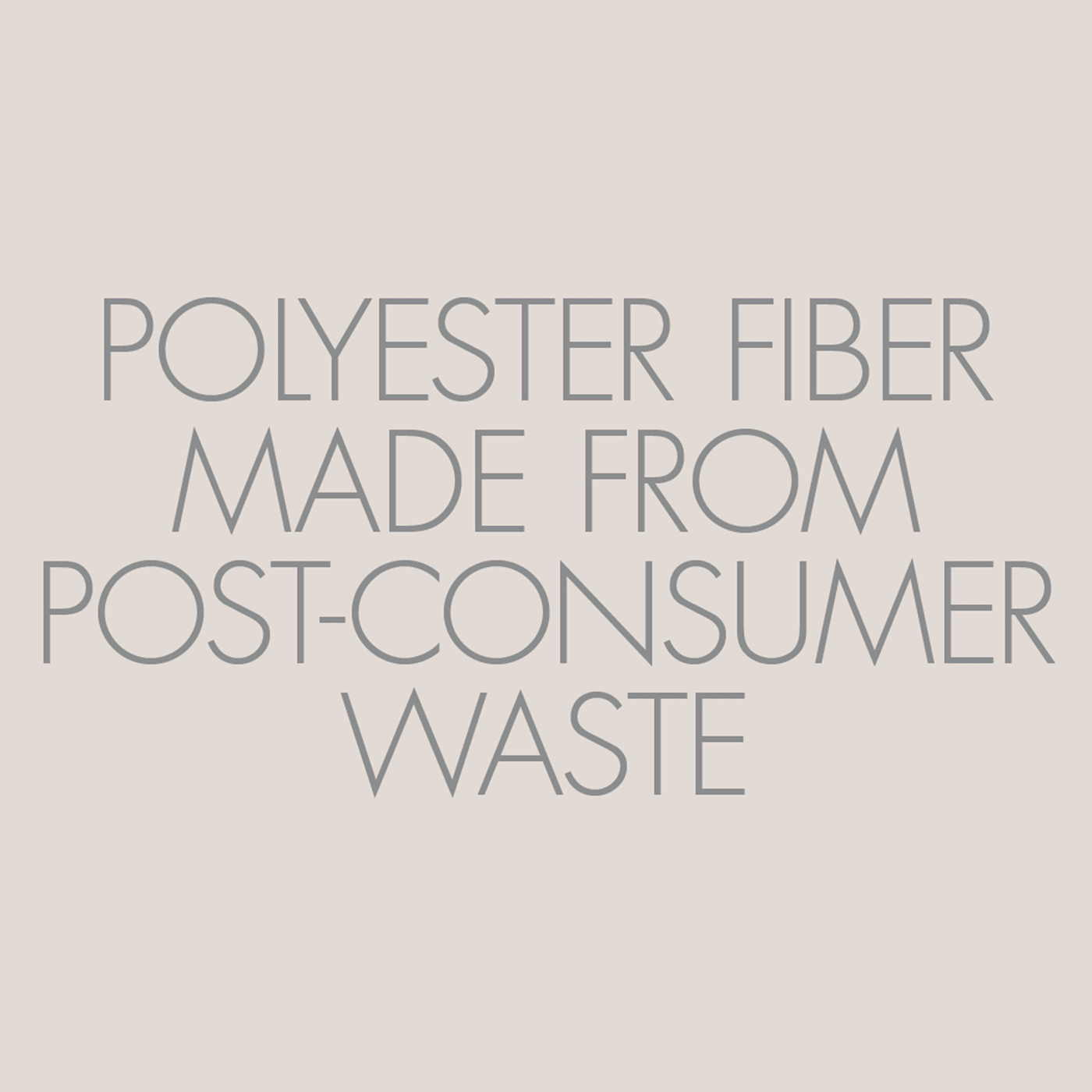

The post-consumer recycled polyester takes much less energy to produce – up to 75-percent less CO2 emissions than virgin polyester. Eliminating the need to create virgin polyester reduces the overall carbon footprint.
The innovative design of the pattern utilizes 3D knit technology to create a bag cover without seams which is slipped over a metal frame. There is no cutting, trimming, or waste. After the fibers have been created, two colors are twisted together to form a yarn that’s variegated in color to create an irregular, natural feel.
The collected PET waste is sterilized, dried and crushed into small chips which will be transformed into polyester fiber.
From waste to fabric
Roughly 1-kilo of waste — or about 48 half bottles — is used to produce 1-kilo of yarn. Not only does this mean that there is less plastic going into landfills, the process also uses much less energy than producing virgin polyester and supports the recycling system by providing yet another commercial application for recycled goods.
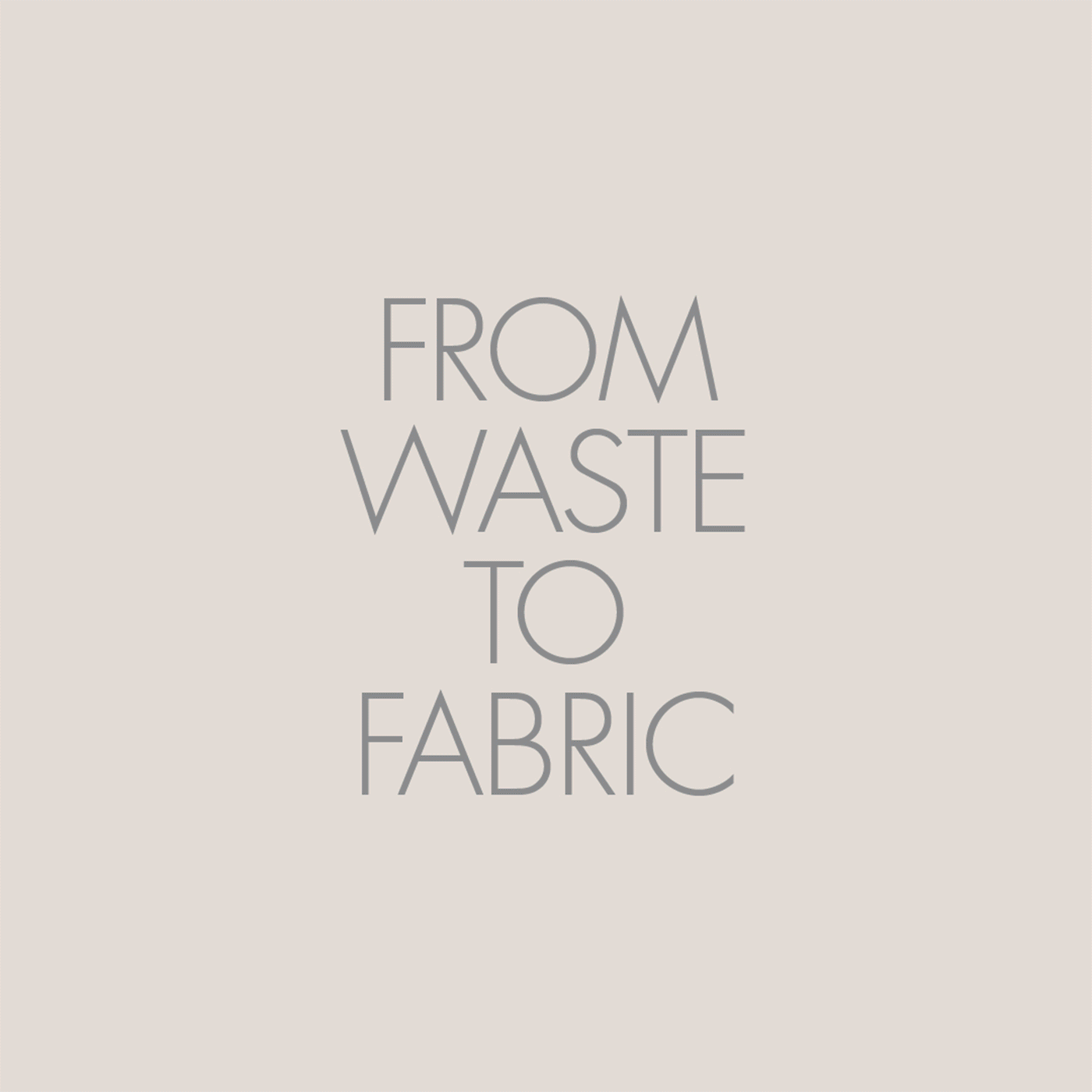

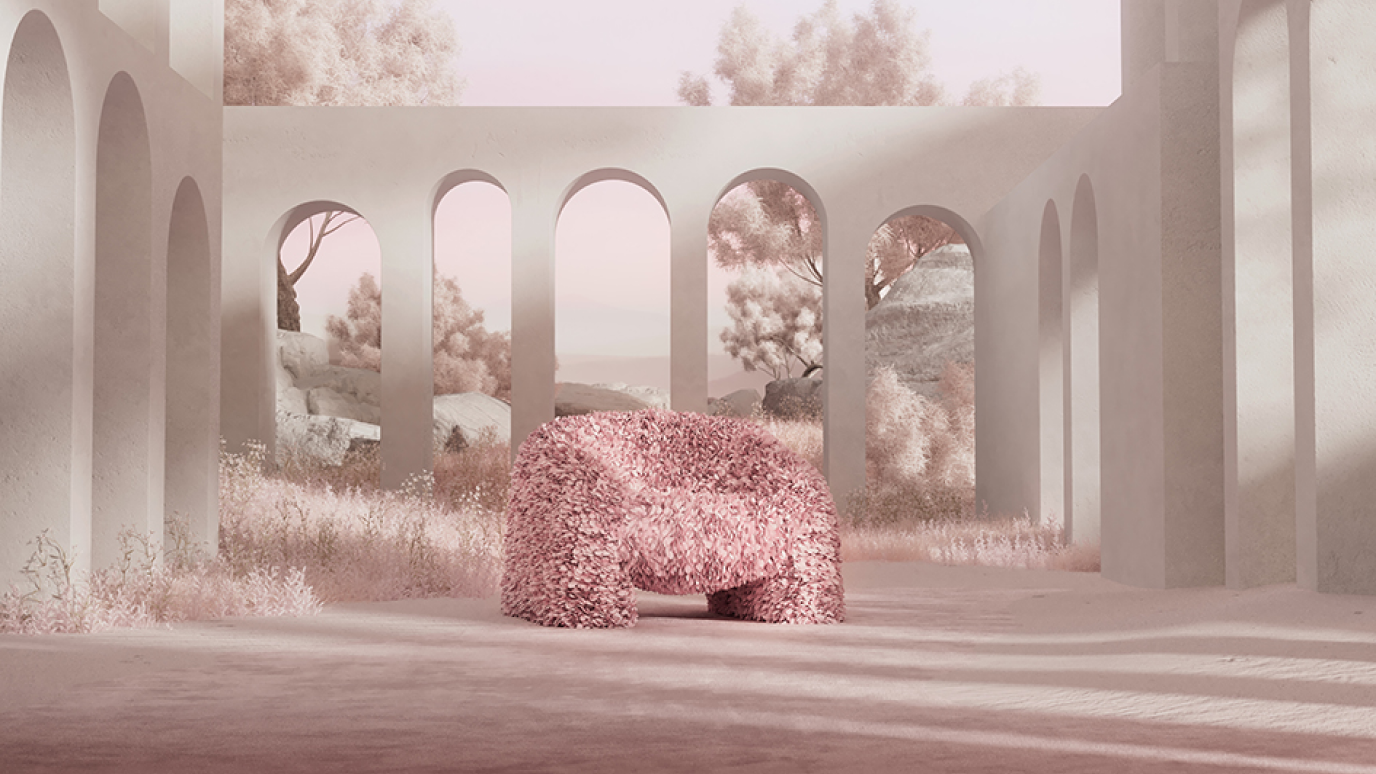

FSC® certified wood of European origin
Kata uses solid wood from certificated FSC-production (FSC-C148360), meaning that it will last a very long time ensuring the longevity of the product. Hardwood requires a long-term investment and necessitates substantial time to grow and mature and that is not compatible with fast production cycles.
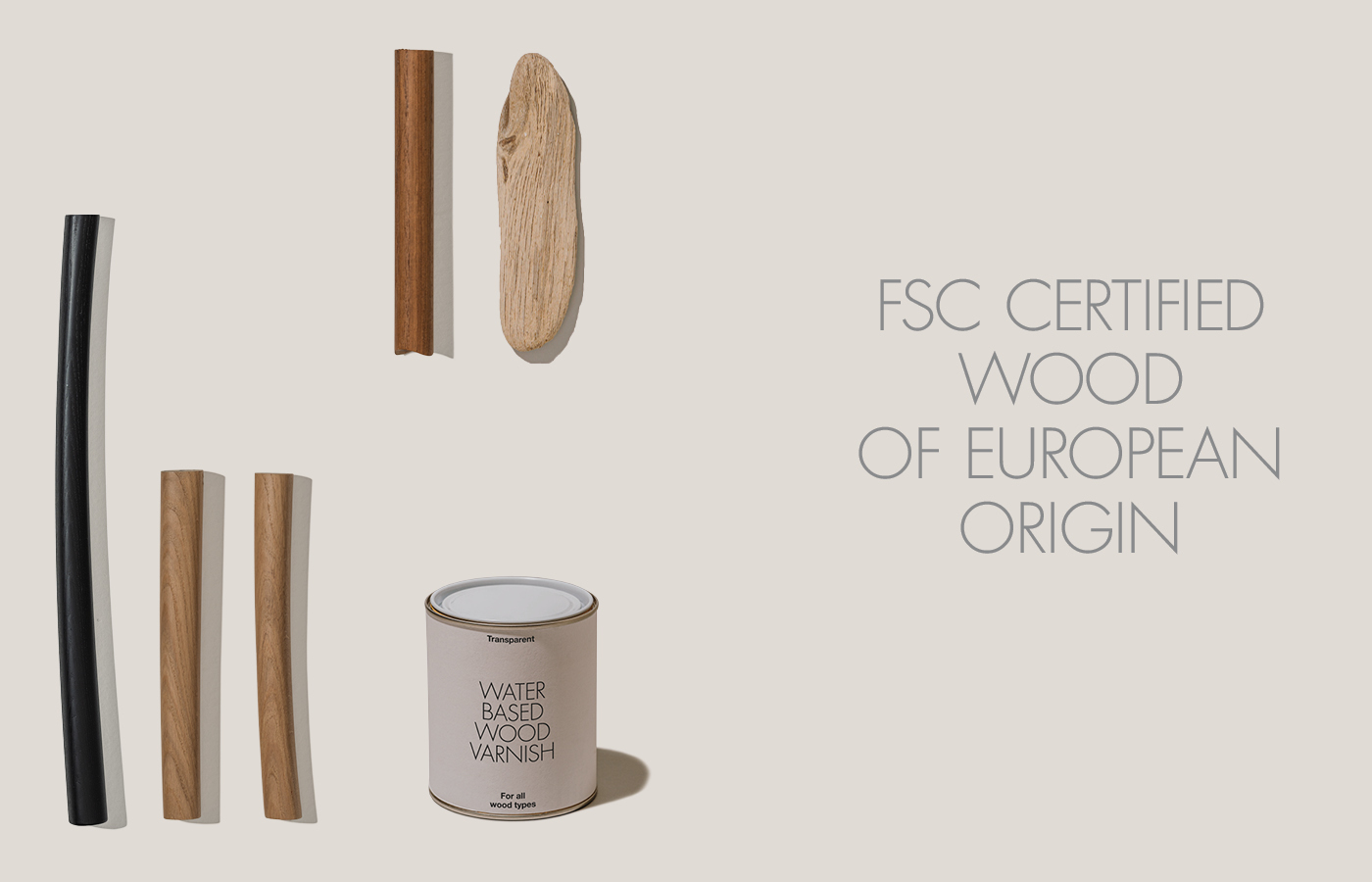

Kata is available in wood sample in black stained oak or wood sample in oak with water-based varnish and FSC-certified of European origin.
Black locust is a sustainable alternative to tropical teak and is locally sourced in Europe. It has similar qualities to teak in both durability and outdoor use.
The FSC-certified wood is finished with a water-based wood varnish. When water is used to dissolve the resins that make up the varnish, water vapor — not toxic solvents — are released into the atmosphere making this a low pollution and low emissions option.
Reduction of upholstery waste and material
The 3D knit technology produces each cover using only the needed amount of material—it avoids the average leftover material waste of traditional manufacturing with fabrics.
Because of the unique production of the post-consumer recycled fiber, the textile feels and behaves like cotton but uses much less material. It absorbs very little dirt, stretches well thanks to its high elasticity, has a high tear and abrasion resistance whether it’s wet or dry, is crease-proof, durable and absorbs very little moisture. Polyester fibers are also particularly light — and weather-resistant and therefore suitable for outdoor use.
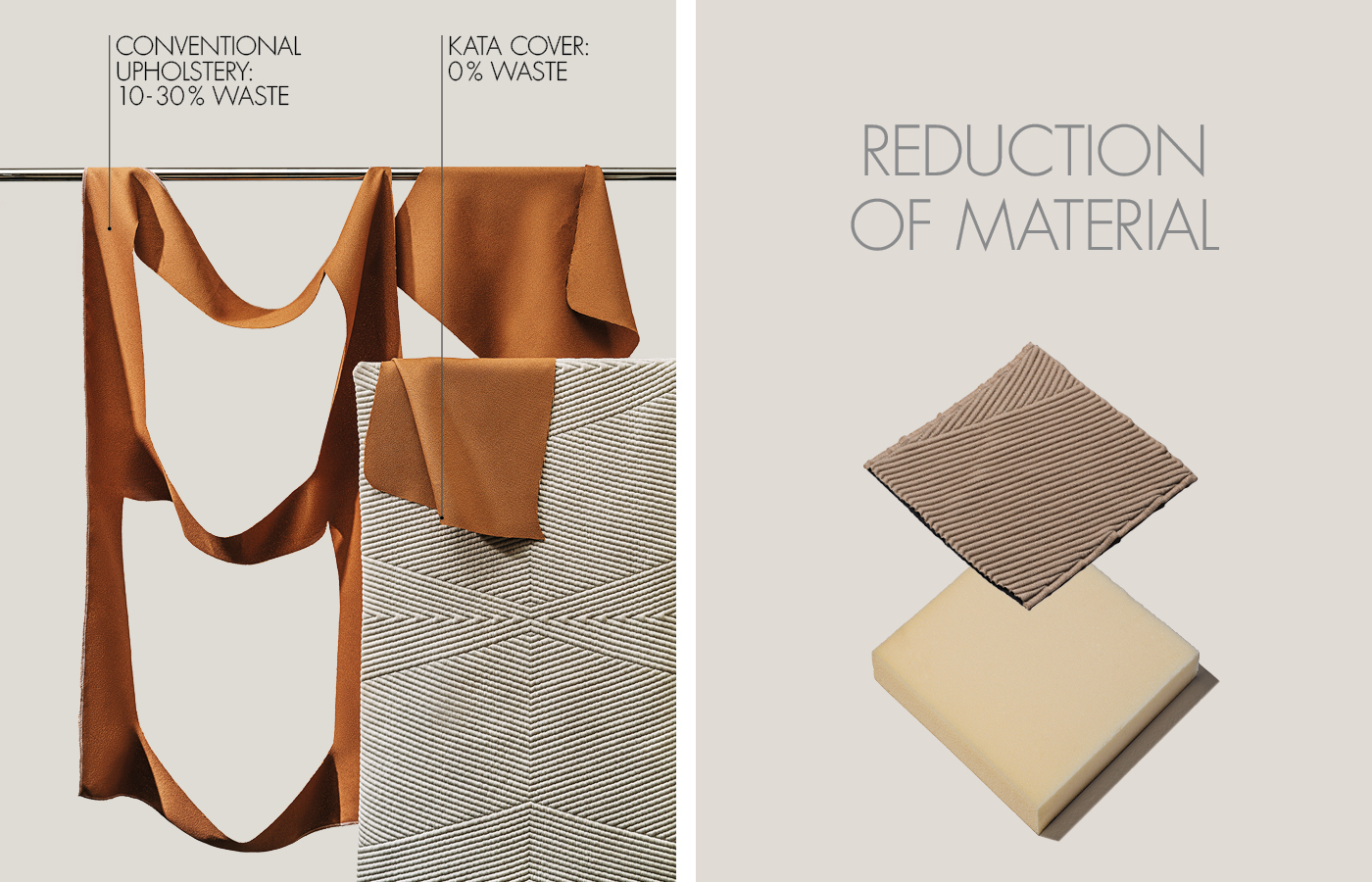

The slight elasticity in the fiber composition eliminates the need for thick polyurethane foam which is traditionally used in the upholstery industry. The inner padding is also polyester, so the whole cloth can be recycled directly. The optional seat and back cushions are made using a thin polyurethane and resin padding, which is wrapped and sewed, not glued so it can be disassembled easily and the fabric can be recycled.
How to reduce the environmental impact in packaging and shipping
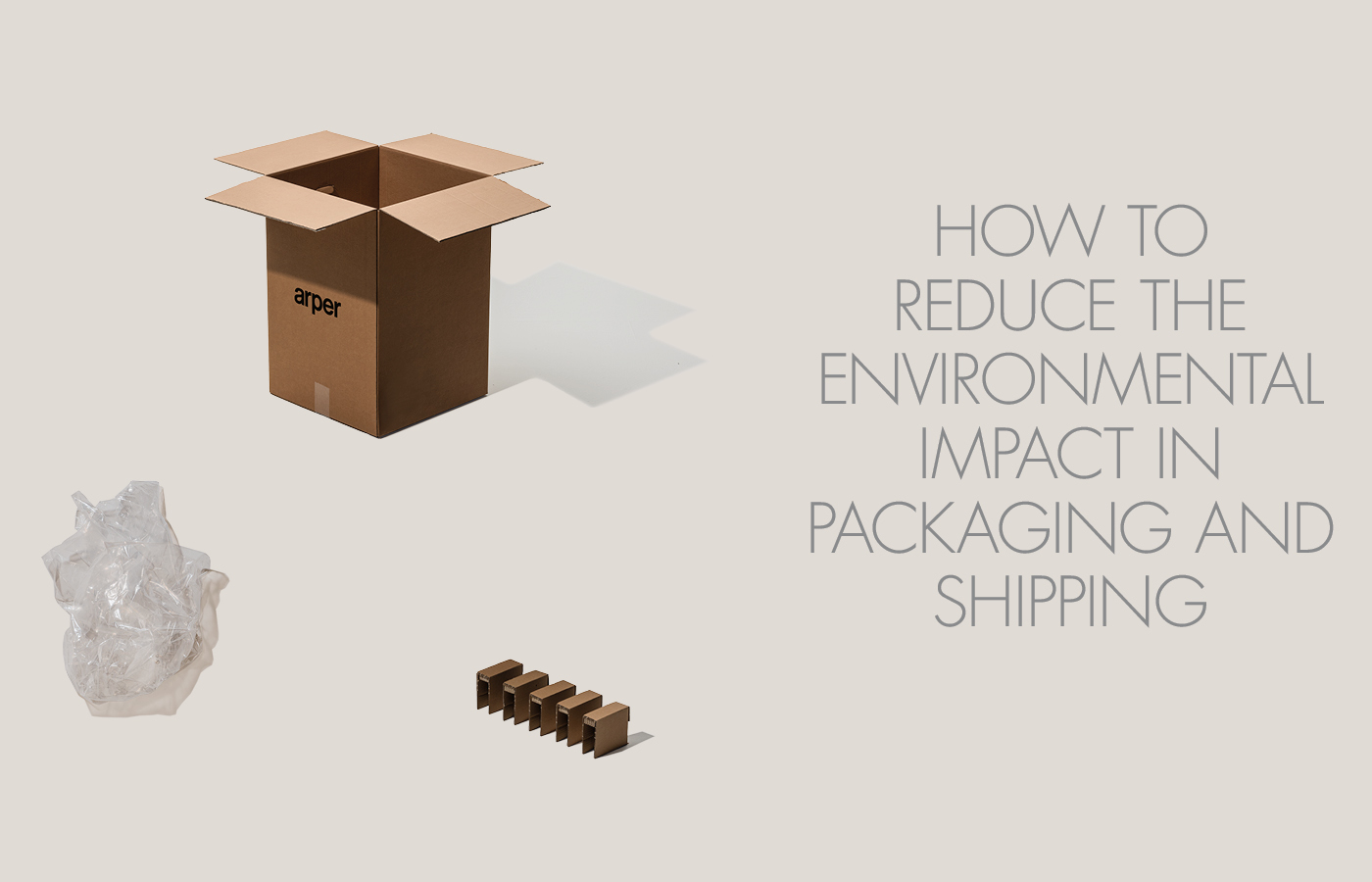

Plastic is used to protect furniture from condensation and moisture during transportation, shipping, and storage. Packaging for Kata includes a recyclable plastic bag for product protection as the only plastic wrapping component.
Lightweight cardboard is used to reduce shipping weight and energy needed to transport.
Cardboard supports — not polystyrene — are used to fix the furniture within the box for safe transport.
Completely disassemblable to allow for recycling
